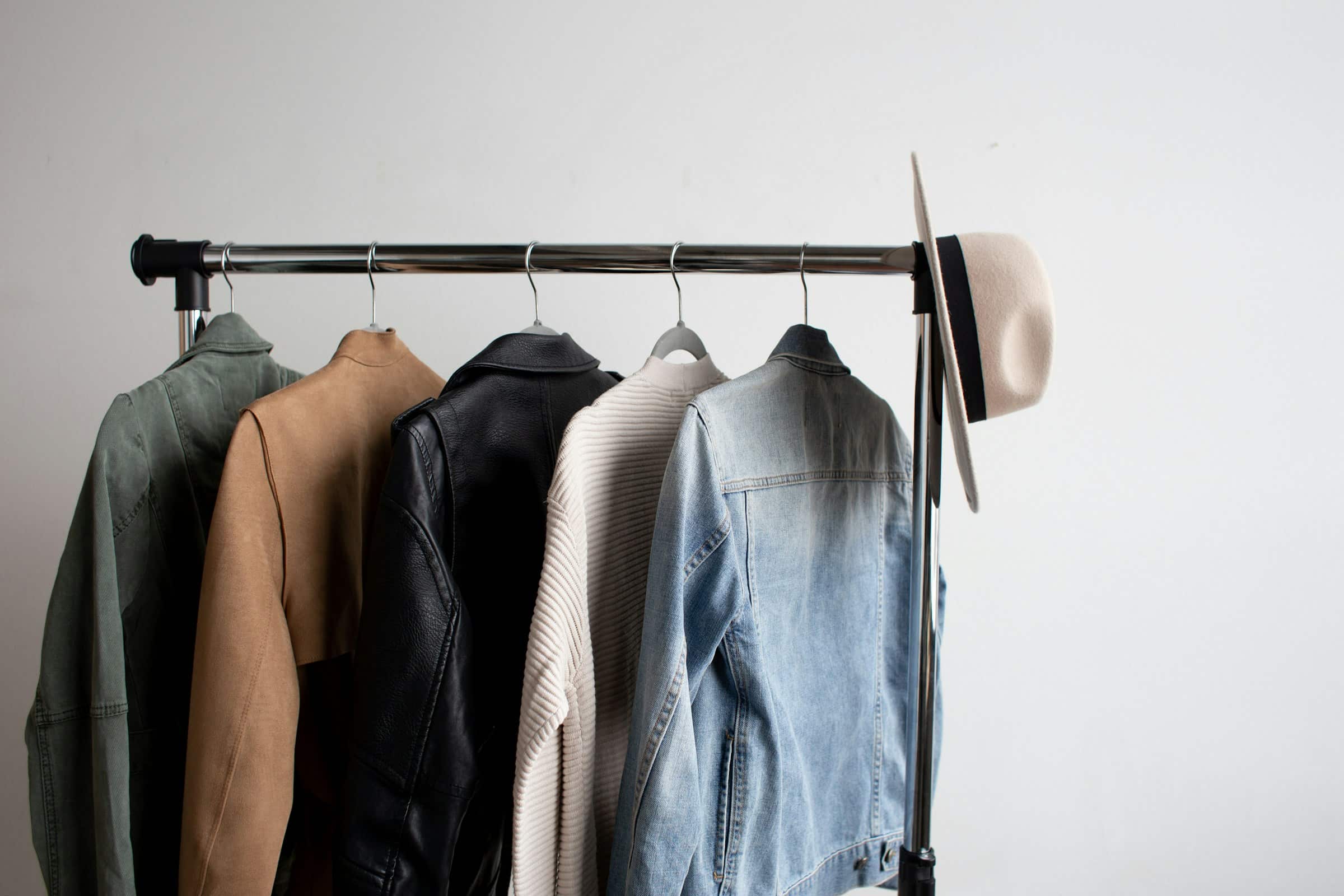Understanding how to select the right jacket for varying weather conditions can mean the difference between a comfortable day and a miserable one. Whether you’re going to work, to school, or on a winter hike, the type of jacket you wear is essential. This comprehensive guide will provide a detailed overview of the many factors to consider when choosing a jacket for various weather conditions; you’ll learn about insulation, waterproofing, fit, shell material, and more.
Understanding Jacket Insulation
Selecting the right jacket starts with understanding insulation. The insulation of a jacket determines how warm it will keep you. Jackets are typically insulated with either down or synthetic materials. Down insulation, made from the feathers of ducks or geese, is light, packable, and extremely warm. However, it loses its insulating capacity when wet.
A lire en complément : What Are the Benefits of Using Essential Oils in Your Beauty Routine?
Synthetic insulations, on the other hand, are designed to mimic the qualities of down but retain their ability to insulate when wet. Synthetic insulations are also hypoallergenic, making them a good choice for those with allergies to feathers.
Consider your activities and the prevalent weather conditions when choosing the type of insulation. Down is best for dry, cold conditions, whereas synthetic insulation may be a better choice for wet and cold conditions.
A découvrir également : Which Superfoods Are Best for Promoting Hair Growth and Health?
Decoding Waterproof Jackets
Water resistance and waterproofing are critical factors in choosing a jacket. It’s essential to understand that not all jackets are created equal in this regard. Some jackets are merely water-resistant, meaning they can handle light rain but will soak through in a downpour.
Waterproof jackets, on the other hand, have a special coating or membrane that prevents water from penetrating the fabric. These jackets are your best bet for staying dry during heavy rain or snow. Look for jackets labeled as “waterproof” if you live in an area with high rainfall or if you’re planning outdoor activities in wet conditions.
When considering waterproofing, it’s also important to consider the jacket’s breathability. A jacket that doesn’t breathe will trap sweat and moisture inside, making you wet and uncomfortable. Look for jackets with a high breathability rating to stay dry both inside and outside.
Fit and Functionality
The fit of your jacket is more than just a matter of style: it can greatly impact your comfort, mobility, and warmth. Jackets come in three general fits: regular, slim, and relaxed. Regular fit jackets are designed to be worn with layers underneath and offer a good balance of comfort and style. Slim fit jackets have a more tailored look and feel, while relaxed fit jackets offer extra room for layering and movement.
Consider what you will be doing while wearing the jacket. If you’re going to be doing a lot of physical activity, such as skiing or hiking, you might want a jacket with a more relaxed fit for ease of movement. But if you’re primarily wearing the jacket for everyday use, a regular or slim fit might be more appropriate.
The Importance of the Right Shell Material
The shell of a jacket refers to its outermost layer. This layer is what faces the weather and is generally responsible for the jacket’s weather-resistant properties, such as waterproofing and wind resistance. Jackets are available in a variety of shell materials, each with its own set of pros and cons.
Nylon and polyester are the most common materials used for jacket shells. They’re durable, water-resistant, and relatively inexpensive. However, they may not be as breathable as other materials.
For severe weather conditions, consider jackets with a shell made of Gore-Tex or similar material. These high-tech fabrics are waterproof, windproof, and breathable.
Layering for Optimal Warmth
Finally, when choosing a jacket, remember the importance of layering. Layering allows you to adjust your warmth level as the weather changes throughout the day.
Your base layer should be moisture-wicking to draw sweat away from your skin and keep you dry. Your middle layer should be insulating to retain your body heat. And your outer layer, or shell, should be wind and water-resistant to protect you from the elements.
Choosing the right jacket for different weather conditions can seem overwhelming, but with this information, you’re well on your way. Remember to consider insulation, waterproofing, fit, shell material, and layering when selecting your next jacket. Here’s to staying warm and dry in any weather!
The Role of Jacket Styles
In addition to the technical aspects of jackets, it’s crucial to consider the jacket style. The style of a winter jacket can range from a casual puffer jacket to a formal coat or even a ski jacket.
Puffer jackets, also known as quilted jackets, are filled with synthetic insulation or down, making them incredibly warm. These are ideal for extremely cold weather and are often water-resistant or waterproof. They are also quite stylish and can be worn in an urban environment as well as in the mountains.
Now, if you’re looking for a jacket specifically for a winter sport like skiing or snowboarding, you should consider a ski jacket. These jackets are specially designed to withstand harsh weather conditions. They are usually waterproof or water repellent, heavily insulated, and have features like snow skirts and secure pockets for ski passes.
For more casual or formal occasions, a wool or cashmere coat may be more suitable. These offer excellent warmth and are often water-resistant. However, they may not provide the same level of weather protection as a puffer jacket or ski jacket.
Remember, the style of jacket you choose should not only cater to the weather conditions but also to the activities you’ll be participating in and your personal aesthetic preference.
The Power of Fill Power
When choosing a jacket, especially a down jacket, one term you’ll likely come across is fill power. This term refers to the quality of the down used in the jacket. Specifically, it measures the volume that one ounce of down will fill in cubic inches. Higher fill power indicates higher quality down, which provides more warmth for less weight.
Jackets with a fill power rating of 600-800 are considered good quality. These jackets offer excellent warmth for most winter conditions. For extreme cold, jackets with a fill power over 800 are recommended. These jackets offer the best warmth-to-weight ratio, making them ideal for outdoor activities where weight and warmth are critical.
However, remember that a higher fill power does not necessarily mean a warmer jacket. The amount of down used in the jacket, or fill weight, also plays an important role. A jacket with a high fill power but low fill weight may not be as warm as a jacket with a lower fill power but higher fill weight.
Selecting the right jacket for different weather conditions involves considering various factors, including insulation, waterproofing, fit, style, shell material, and fill power. By understanding these terms and their implications, you can make an informed decision and select a jacket that will provide the necessary comfort, warmth, and weather protection.
Remember, the goal is not just to pick the most expensive jacket or the one with the most features. Instead, focus on choosing a jacket that aligns with your specific needs and weather conditions. Whether it’s a stylish puffer jacket, a high-performance ski jacket, or a down jacket with high fill power, making the right choice will ensure that you remain comfortable and protected, regardless of the weather conditions. So, gear up, step out, and embrace the weather with confidence and style!













